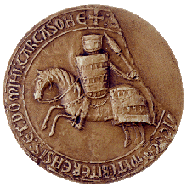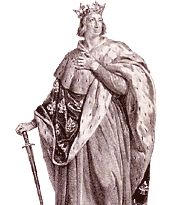 |
|
| Raimond VII. Engraving. XIXth Century. Mosaïque du Midi, 1841. |
| MIDDLE AGES |
|
 |
The
Viscounts of Trencavel XIth-XIIth centuries |
 |
The
Trencavels and the Crusade against the Albigensians : 1209-1229 |
 |
From the Siege of 1240 to the Creation of the Royal Bastide |
| Seal - Trincavel Viscount of Béziers (1247) |
|
 |







